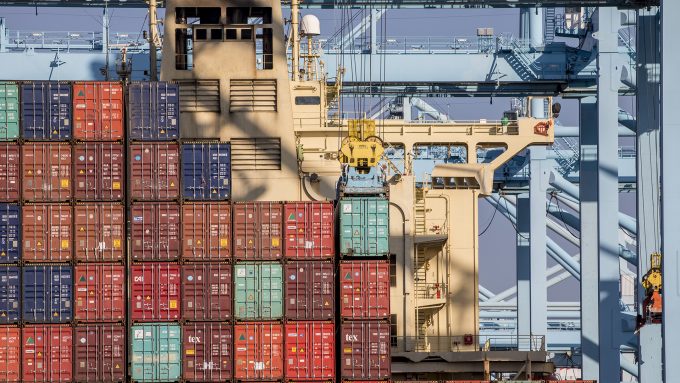In an ocean freight rates market defined by turbulence, with astronomic price hikes giving way to steep declines in spot rates, cargo owners are looking to regain control over unpredictable supply chains. According to the latest customer survey by Oslo-based Xeneta, turning to Index Linked Container Contracts (ILCCs) may be the obvious way forward.
Changing strategies?
In the in-depth poll of Xeneta users, comprised of leading global shippers, some 76% responded that they would like to use ILCCs to procure more of their capacity. This corresponded exactly with the proportion that are not currently using ILCCs whatsoever. Focusing on those that are, 12% said they use ILCCs to procure up to 25% of their freight, with 6% using them for 50-75%, and the final 6% for more than 75%.
Of those looking to use ILCCs in the future, caution seemed to be the initial watchword, with the greatest number, 36%, targeting 25-36% of capacity tied to the indexed contracts. Of the remainder, 20% of Xeneta customers want to procure 25-50% of capacity via ILCCs, 8% are looking to 50-75%, and the final 12% aim to procure more than 75% of capacity this way.
All these figures are, says Peter Sand, Chief Analyst, Xeneta, indicative of a shipper community eager for change.
Enough is enough
“The rates market is a rollercoaster ride that many shippers appear to be growing tired of,” Sand comments. “The huge growth we’ve seen since the pandemic began appears to be falling away, with tumbling spot rates (from USD 9 000 per FEU in May on the Far East to the US West Coast corridor to USD 3000 per FEU in early October) and long-term contracts beginning to follow that trend.
“What this means for shippers, and carriers, is regular, time-consuming and inefficient renegotiations where you’re never quite sure if you’re getting optimal value for your business. And if you are today, will you still achieve it tomorrow? The obvious way to remedy this is replacing fixed rate agreements with contracts, namely ILCCs, that are automatically adjusted based on a set index, such as Xeneta’s XSI®. As most of our customers are already relying on freight rate data in contract talks, it’s the next, natural step forward.
“By taking it they can achieve predictability, value, and, in an ever fluctuating market, a sense of control. Something shippers, in particular, have been missing of late.”
Firing blanks?
In this respect, Sand also notes that the survey asked respondents if the anticipated 50% blanking of all scheduled sailing from far East Asia to North America would impact upon them. This, as observers have seen, is an attempt by carriers to shore-up falling rates and control supply in the face of weak demand. The responses were surprising.
“The shippers seem largely calm about this,” Sand says, “with 26% saying they wouldn’t be affected at all and 43% anticipating some disruption, but no major issue. However, 9% admitted that the entirety of their cargo is being rolled and 22% expected significant disruption. That said, disruption – in addition to rates fluctuation – has been a standout feature of the market ever since the pandemic reared its head back in 2020.”
Source: Hellenic Shipping News





